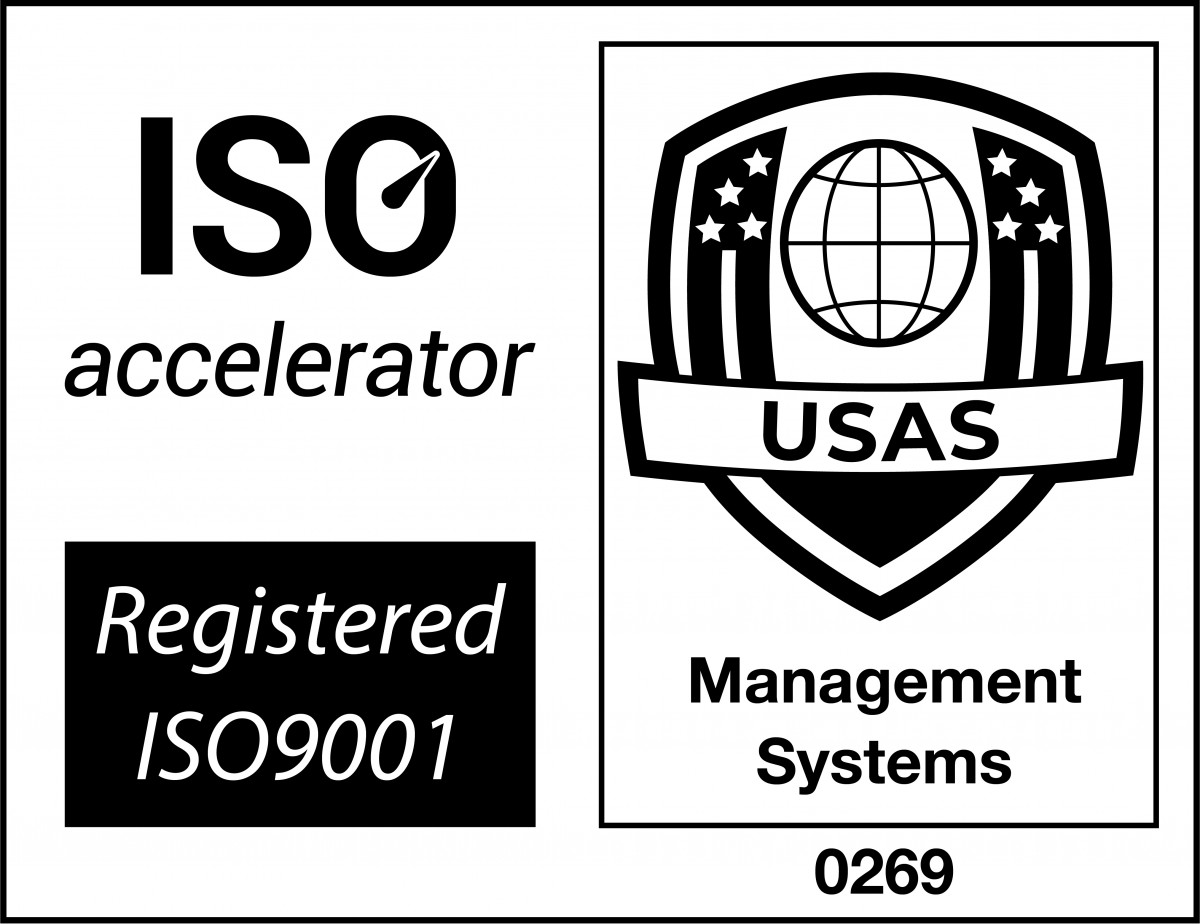Self-service technology is everywhere. In fact, it has become so common that you may even take it for granted, and some of the routine tasks you carry out wouldn’t be possible without it: withdrawing money from ATMs, FAQ sections in websites, price-scanning devices at supermarkets, online parcel tracking services – they all function using self-service technology.
This technology has significantly grown in popularity and it shows no signs of stopping, as it is estimated that the global self-service market will generate revenues of more than $30 by 2020, up from $15bn in 2015.
In this post we take a look at the evolution of self-service technology, highlighting the reasons and technological advances that have made it possible.
Five Reasons Behind The Growth Of Self-Service Technology
Over time, self-service technology has gone from being an alternative way of handling certain tasks to becoming a primary channel given the benefits it entails. This is so due to five main reasons:
– Convenience, both for the user and for the service provider. Lifestyle changes starting during the second half of the 20th century meant that our lives are busier and time is considered a valuable asset, so anything that saves us time is considered a welcome addition.
– The growing importance of delivering experiences: service providers have seen in self-service technology an opportunity to improve levels of customer satisfaction (and therefore retention) by using it to create products and services with an experiential focus.
– It’s cost-effective: Self-service technology makes economic sense given the lower cost of online interactions vs frontline staff. Not to mention that it can help streamline operations so they’re more efficient.
– Demographic chances: the Millennial generation and other digital natives feel at ease handling self-service tech, and in fact many have come to expect it by default.
– Changes in expectations: nowadays, most consumers prefer hands-on experience and a more interactive approach to technology that offers convenience and speedy transactions.
In many ways, self-service technology is a reflection of the 24/7 culture we now live in. In summary, the evolution of self-service technology is almost a natural result of recent changes in society and in the business world.
Main Developments In Self-Service Technology
The rapid adoption of mobile technology and the creation of proprietary apps is one of the key changes behind the growth of the self-service market. Many consumers now consider it second nature to use a smartphone or an app to do anything from booking a flight to making a dinner reservation or paying the electricity bill.
Moreover, augmented / virtual reality software and hardware have gone a long way supporting the evolution of self-service tech. The integration of both technologies goes a long way delivering better engagement and a highly personalised customer experience.
Also worth mentioning is the development of click-to-callback software, which has improved the workflow in call centres as well as helped offer service on demand. Similarly, chat bots are increasingly used to deliver virtual customer service for anything from ordering products online to answering common questions or making hotel or event bookings.
Last but not least, vast improvements on data analytics software complement self-service technology and offer a very detailed profile of customer habits and preferences. In turn, this facilitates increased personalization and an overall more satisfactory customer experience.
Who is using self-service technology?
Self-service technology lends itself well to be used by every industry sector. Some successful examples include:
– Banking: Recent surveys show that while customers still prefer to do some transactions face to face, others are vastly done using digital self-service tools. These include balance checks, requesting or activating a PIN, transferring money, and initiating a loan application. Self-service banking has been so successful in the UK that the number of individuals using mobile self-service apps for banking doubled in just one year. – Retail: kiosks at shopping centres, self-check out at supermarkets, price check devices … self-service is big in retail. Surveys show that more than 65 per cent of retail customers prefer self-service options over sales assistants, whereas other studies suggest that up to 80 per cent of surveyed shoppers would feel comfortable shopping at venues that only offered self check out. – Meetings and conferences is one of the sectors leading the evolution of self-service technology. Most events now offer as standard things like conference registration kiosks, apps that focus on wayfinding, chatbots that can carry out surveys, live Q&A sessions, and attendee polls, etc.
– Travel & hospitality: many airports and transportation hubs now offer self-check in kiosks and interactive information points. Others, like Domodedovo airport in Moscow, deployed self-service gates to better handle large passenger numbers. This not only results in a smoother experience for travellers, but also improves airport efficiency by reducing the number of delayed flights, as some estimate that boarding times could be reduced by up to 50 percent using this new technology.
– Healthcare: In the UK, healthcare providers like the NHS have been using self-service technology for several years. The NHS app was created to allow patients to access their data and to obtain authoritative information on how to cope with their condition without having to go to their GP surgery, whereas self-service kiosks at hospitals allow patients to check in in a matter of seconds.
– Customer service departments in a variety of industries are using self-service tech to take the customer experience to a new level. For example, most utility companies now offer self-service options that allow customers to pay bills online, top up their accounts, view and compare usage statistics, report outages, etc.
[divider style=’left’]
The quick and solid evolution of self-service technology suggests this tech is here to stay and to help businesses take on a more experiential approach to customer service. Get in touch with LamasaTech if you’d like to know how to create a multi-channel strategy that integrates the best self-service options for your industry.



